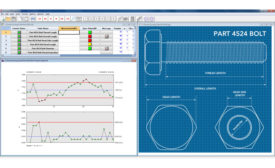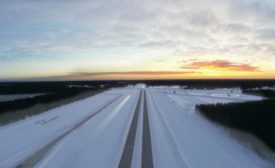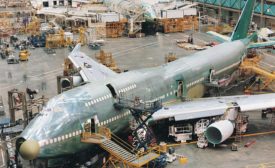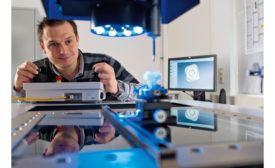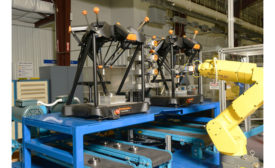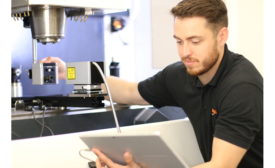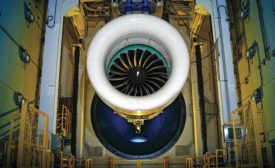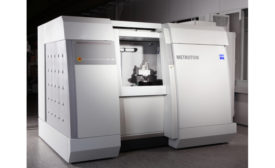Articles by Leah Pickett
Make the right SPC software investment by asking the right questions.
Read More
How to Test Vehicles for Severe Winter Weather
A winter testing center and a quality testing company explain how they assess vehicles and components for cold weather durability.
December 1, 2018
Document Control Software: Trends and Tips
Increase productivity and quality with modern document control.
October 8, 2018
3D Printing, Big Data, 100 Percent Validation, and Other Aerospace Manufacturing Trends
Aerospace is leading the way in the IIoT, with a heightened focus on additive manufacturing, the digital thread, and lightning-fast 3D measurement and inspection technologies.
July 8, 2018
Benefits of Multi-Sensor CMMs by Industry
Aerospace, automotive, and medical device OEMs, take note.
June 28, 2018
Debunking the Myths of Fully Automated Inspection
Automated process control is more viable and less expensive than one might think.
June 5, 2018
Selecting the Right Calibration System
A calibration expert offers some suggestions.
May 9, 2018
Two Companies Share Their Secrets to Energy Efficiency, Sustainability
It's a green new world.
May 7, 2018
Choosing the Best X-Ray Solution for Your Application
Learn about industrial CT scanning, 3D XRM, and metrotomography.
April 30, 2018
QUALITY WEB EXCLUSIVE
RAPID + TCT 2018: Additive Manufacturing Goes Mainstream
April 27, 2018
Stay in the know with Quality’s comprehensive coverage of
the manufacturing and metrology industries.
eNewsletter | Website | eMagazine
JOIN TODAY!Copyright ©2025. All Rights Reserved BNP Media.
Design, CMS, Hosting & Web Development :: ePublishing
